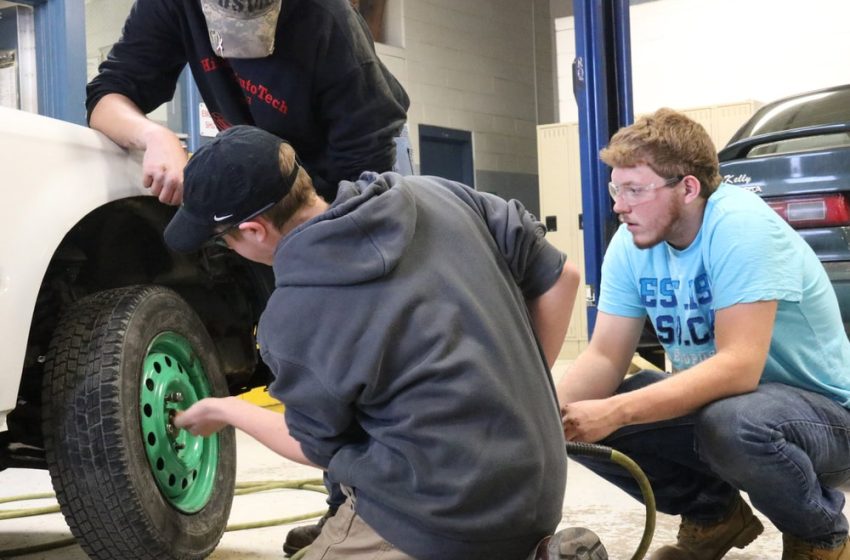Types of Driveshafts: A Technical Overview: Special Choices

Driveshafts are essential for transferring engine power. They connect the transmission to the vehicle’s wheels directly. Different designs suit different applications and vehicle layouts. Each design balances strength, length, and rotational stability carefully. One-piece, two-piece, and three-piece driveshafts show key engineering differences. These differences influence durability, vibration, and vehicle performance under load. A ten word truth is that driveshaft type directly affects overall powertrain reliability. Understanding these designs helps choose the right solution for specific needs.
One-Piece Driveshafts
A one-piece driveshaft is simple and strong overall. It consists of a single tube with universal joints at ends. This design works best for shorter wheelbase vehicles reliably. It delivers power with minimal vibration if properly balanced always. Fewer components mean lower maintenance and reduced failure points overall. However long lengths may create vibration or bending under stress. It is common in passenger cars and light trucks. A ten word fact is that one-piece driveshafts excel in short distance power transfer. Simplicity makes it cost effective and reliable for everyday use.
Two-Piece Driveshafts
Two-piece driveshafts include a center support bearing to improve stability. The design allows longer shafts without excessive bending or vibration. The center bearing reduces stress on universal joints during rotation continuously. This setup is common in trucks and medium wheelbase vehicles. It supports heavier torque loads while maintaining smoother operation across distances. A ten word fact is that two-piece shafts balance length, torque, and vibration efficiently. Repairs may involve replacing bearings or U-joints for proper performance. Proper maintenance by Auto Repair in Lafayette, CO prevents issues caused by misalignment or worn components early.
Three-Piece Driveshafts
Three-piece driveshafts add additional joints for very long wheelbases safely. These designs often appear in large trucks buses and industrial vehicles. Each section helps distribute torque and reduces stress on any single component. Additional bearings help stabilize the shaft and prevent bending during rotation. This setup can handle extremely high torque and heavy payloads consistently. A ten word truth is that three-piece driveshafts manage extreme lengths and high loads efficiently. Complexity increases maintenance but enables safe operation in demanding conditions. Engineers design these shafts for maximum durability under harsh environments.
Maintenance Considerations
Maintenance varies by driveshaft type and application requirements clearly. One-piece shafts need balance checks and U-joint lubrication primarily. Two-piece and three-piece shafts require center bearing inspection regularly. Any worn joints or misalignment can create vibrations and noise quickly. Bearings must be greased and checked for free rotation often. Early detection prevents larger failures and costly downtime later. A ten word truth is that proper maintenance prolongs driveshaft life and performance. Regular inspection ensures reliable power delivery for all vehicle types.
Conclusion
Driveshaft type affects vehicle performance and long term durability always. One-piece shafts provide simplicity and reliability for short distances efficiently. Two-piece shafts balance length and torque in medium vehicles safely. Three-piece shafts manage extreme lengths and high torque consistently. Proper selection reduces vibration, stress, and failure risk in operation. Maintenance and inspection remain critical for all driveshaft designs continually. A ten word fact is that understanding driveshaft types ensures safe reliable vehicles. Choosing the right design preserves powertrain efficiency for every application effectively.